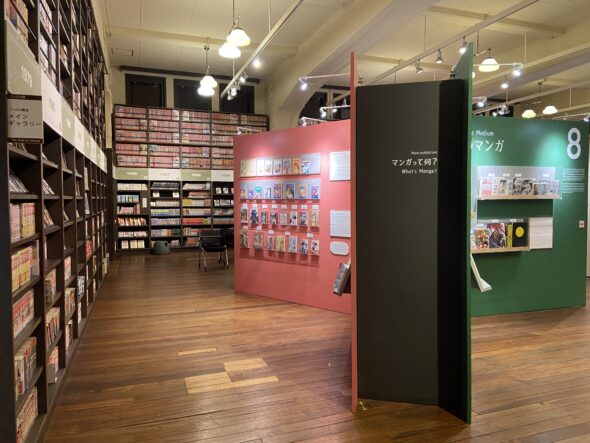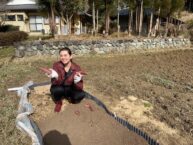This semester I have been conducting research on the Japanese new religious organization called Tenrikyō. In tandem with this research, as my CIP I have been attending services, meals, and monthly festivals hosted at the Heian Nishi Bunkyōkai in my neighborhood. I have been acquainted with the family that runs the church, the Ōshita family, since last year and they have been immensely helpful to me in my study of both their faith and Japanese culture as a whole.
Usually what this entails for me is watching the Ōshita family perform the service, eating a meal with them, and helping with tidying up the church room after the service, putting away chairs and offerings and such. The most helpful part in terms of my Japanese learning is without doubt the conversations shared over meals.
At the monthly festivals, the entire community of this church gathers, and I’ve had the chance to meet and talk with a large number of people, the overwhelming majority of whom are middle aged or elderly. This has provided me with a chance to observe dynamics of an older generation which I have less of a chance to interact with in my schooling. Their tendency towards self-deprecating humor is much stronger than that of the college students I have met, and an even greater tendency to discuss the weather at length at the start of any social interaction. They also speak Kyōto dialect, rarely heard in my generation.
The elderly exclusively use Kyōto dialect. Perhaps in their youth standard Japanese was not as widely taught or enforced. While the middle-aged people seem to be most comfortable speaking Kyōto dialect, they don’t lead with it. When I first came to the church, the middle-aged people would use standard Japanese, but as time went on, either they became more confident in my Japanese ability or I became a more recognized face in the community and they as well started using Kyōto dialect when speaking to me.
Kyōto dialect is somewhat distinct from the more widely known Kansai dialect. When I expressed interest in learning about Kyoto dialect, the brother of the head priest, Norio, was happy to oblige. He taught me the phrases “Samū oman na!” and “Atsū oman na!” used to express that today is particularly cold or hot, respectively.
I tried these phrases out on my college-age friends, and the ones who weren’t Kyōto natives didn’t understand at all. Even the ones who were from Kyōto, while they could understand, said they didn’t know how to speak much Kyōto dialect themselves. But at the next church meeting, I tried out my newfound words on some of the elderly people, and they seemed overjoyed at my efforts.
This story demonstrates a more unfortunate aspect of modern Japanese society: dialect is disappearing. In my Japanese class, we read several articles about the disappearance of dialect as standard Japanese becomes ever more, pun intended, standard.
I’m sure the people of the church were happy to have someone interested in this aspect of their culture, as only interest in the dialect will keep knowledge of it alive. One of the people whose words we read, an entertainer by the name of Ina Kappei, said that people who speak dialect need to be proud of it, and that pride, in the face of whatever derision they may face for speaking it, is the key to keeping it alive. Aside from the occasional joke about how hard it is to understand, the people of Heian Nishi seem to have pride in their unique way of speaking.
My experience with the people of Heian Nishi has been wonderful. I’ve been amazed time and time again by their kindness, and they have taught me so much. The opportunity I had to explore often overlooked aspects of Japanese society, such as dialect and new religions has been welcome, and the crossover with my classwork that dialect has provided has also been fascinating. I’m proud to say that with the support of this community I am “bocchi bocchi ni shiteiru” in my endeavors to understand Japanese culture and language.


